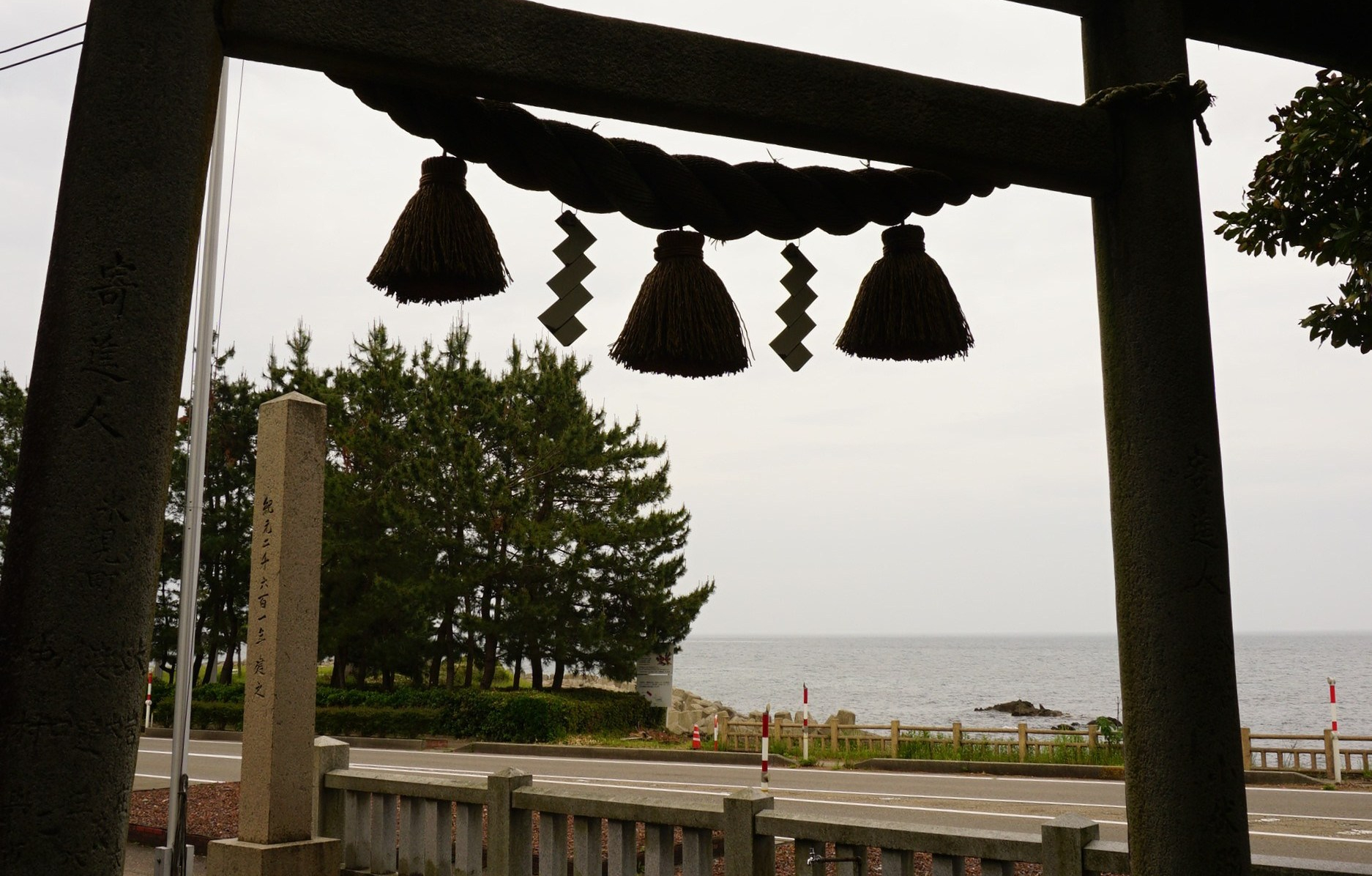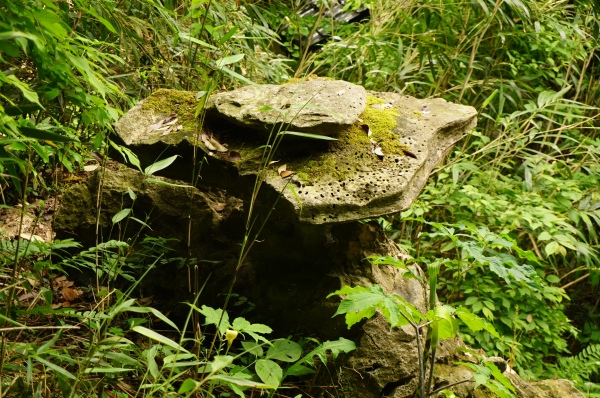
Preface
It has been a while since Okunomichi last posted. We have been caught up in an outpouring of awakening energies that we had to pause and assimilate before we could communicate with you. We are expanding our field of attention to toward cosmic consciousness and exploring the true nature of reality. We are integrating wisdom of the past with the existential crisis of today as we look toward the future. The keywords of our categories and tags are more inclusive of the spiritual integrated with today’s emerging physical science — which is moving toward the spiritual. Soon, we may return to no separation between physical and spiritual science. Nor is there really any separation between our physical and spiritual natures.
True Nature of Reality
What is the true nature of reality? I have always wanted to know. That’s why I academically studied physics and astrophysics, and researched and published peer-reviewed papers. I could not get a handle on infinity nor on eternity. The answer to the true nature of reality does not lie in the physical world.
Consciousness
I discovered consciousness. Of course, we all know what we mean by ordinary consciousness as cognition and awareness. True consciousness is more than that. It is being aware of being aware. It is becoming aware that we are more than separate physical beings. We are also spiritual beings. We are the consciousness that connects us to the three-dimensional and higher dimensional worlds.
The Law of Unity
The world’s Ageless Wisdom traditions have always taught that We are All One in the Universe, with the Universe. There is a vibrating energy similar to the light we can see but of frequencies that we don’t sense with our physical senses. This light of consciousness is called Love, Unconditional Love, that unites All in the Universe.
The Ageless Wisdom
The Ageless Wisdom is also the Perennial Philosophy, the esoteric teachings that have been taught in mystery schools over the ages and all over the Earth. Teachers include Helena P. Bavatsky after her trip through the HImalayas, and Alice A. Bailey with ascended master Dwaj Kuhl in the 20th century, and many more in the 21st century. The Ageless Wisdom is truly ageless and perennial, for it is the secret teaching of the true nature of reality. Ageless Wisdom teaches that we are spiritual beings in physical bodies. We come from a non-physical dimension, and we are all connected through consciousness. Consciousness is the foundation of all in the universe.
The Ageless Wisdom has been a highly esoteric teaching, that is, it is not for the general public. However, It is now becoming more exoteric, out in the open as masses of people are becoming more spiritually aware. This is part of the movement of energy in our solar system and spiritual evolution in general.
Wosite Wisdom
In the last dozen years, my focus has been in studying the ancient wisdom of the Jōmon period in Japan, called Wosite (Wo-si-te or Wo-shi-te). The indigenous people of the Japanese archipelago developed a unique high civilization in the span of 15,000 years after the end of the last Ice Age. The spoken and written Wosite language is based on fundamental creative energies. However, Wosite knowledge and wisdom went underground due to political changes beginning two thousand years ago. Wosite has been revived in the last six decades. I am the first American student of Japanese Wosite teachers. It is my sacred responsibility to share Wosite with the English-speaking world.
For Wosite is Ageless Wisdom.
Gaia and a New Humanity
For a long period of time, we humans have dug ourselves deeply into exploring and exploiting the physical world. We have created a situation which is becoming more and more untenable, unsustainable, and unstable. It threatens the very existence of our Mother Planet and humanity. Gaia is the Greek goddess of Earth, viewed as the mother of all creation. The name Gaia was revived by James Lovelock (26 July 1919 – 26 July 2022) in his Gaia theory.
Prophets of old and new times have predicted an evolved humanity with higher consciousness. Gaia herself is evolving into a higher dimensional spiritual being. If we don’t evolve with her, we will be left behind.
Enlightened Beings in Japan
How did the world’s great civilizations pop out of the mundane? Enlightened beings, ascended masters, have incarnated on Earth to teach the Wisdom and to develop human society.
An enlightened being such as Sanat Kumara must have engendered the advanced civilization of Wosite. One such person mentioned in Wosite texts is a human Kami (a person with super-high consciousness) who organized the spoken and written Wosite language and taught skills and technologies to the indigenous people. He taught the cosmology of how life is created from energy. He attributed such deep knowledge to even earlier ancestors.
Sanat Kumara from Arcturus
Another ascended master to have been in ancient Japan of 10 million years ago is Sanat Kumara. Sanat Kumara is spoken of in ancient Vedic teachings and in more modern times by Blavatsky and Bailey and others. He has transmitted telepathic messages that he is originally from the system of the star Arcturus, and visited Mt. Kurama in northern Kyoto 10 million years ago. “Kura” in Arcturian means “portal” or “stargate.” Arcturus is a very bright star in the constellation Boötes. Sanat Kumara refers to himself as extra-galactic, for it is possible that Arcturus is astronomically from another galaxy.
Mt. Kurama
I have visited sacred Mt. Kurama several times and I’ve noticed a shrine to Sanat Kumara. I long wondered what it was doing at Kurama Dera, a supposedly Japanese Buddhist temple. There are three statues in the hondo main temple. One of them is an unusual being who is said to have come from Venus six million years ago. Maōson may be a later interpretation of Sanat Kumara. When I asked the Abbess of Kurama Temple about Maōson, she explained that he is an energy being and further, that all in the Universe is energy.
Global Movement
There is an awakening movement around the world. More and more people are meditating, spreading Unconditional Love, and evolving human consciousness. Humanity is becoming increasingly Gaian, people who are One with our Earth Mother. Soon we will be full citizens of our Milky Way Galaxy and participate in the evolution of the galaxies in this Universe.
True Nature of Reality
This is the true Nature of Reality: infinite and eternal. This is the Ageless Wisdom for us as we evolve our consciousness toward enlightenment.
Next: Starseed Messages
***



















You must be logged in to post a comment.